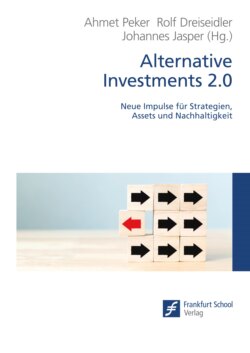Читать книгу Alternative Investments 2.0 - Группа авторов - Страница 21
На сайте Литреса книга снята с продажи.
Exhibit 2: Number of Global Private Debt Deals; Banks vs. Private Debt Firms
ОглавлениеSource: Preqin, as of July 2020
Private equity: Private equity sponsors, particularly in the middle market, have increasingly used debt funds to finance their investments due to the speed of execution and the flexibility of financing solutions that direct lenders can offer relative to banks. During the GFC, when it would have been needed the most, private equity sponsors lost support from banks as underperforming loans were passed to recovery units. Private equity firms were forced to bear significant losses, which harmed their relationships with banks and accelerated the growth of direct lending.
Borrower education: As the direct lending solution developed, the transaction ecosystem supported its growth through education of borrowers. Management teams of corporations typically have more conservative attitudes with entrenched preferences for borrowing from banks. To win them over, debt advisers, lawyers, and accountants have presented the advantages and risks of direct lending compared with traditional bank financing structures. Gradually, CEOs and CFOs have come to understand the benefits of working with both debt funds and banks to grow their businesses.
Investor appetite: Debt funds’ clear and coherent investment thesis for direct lending has resonated with investors. Direct lenders have been able to raise significant amounts of capital, which in turn supports their ability to compete against banks, further driving the asset class’s growth. As the fund sizes increase, direct lenders have improved their ability to vie for larger transactions as an alternative solution to capital markets.
